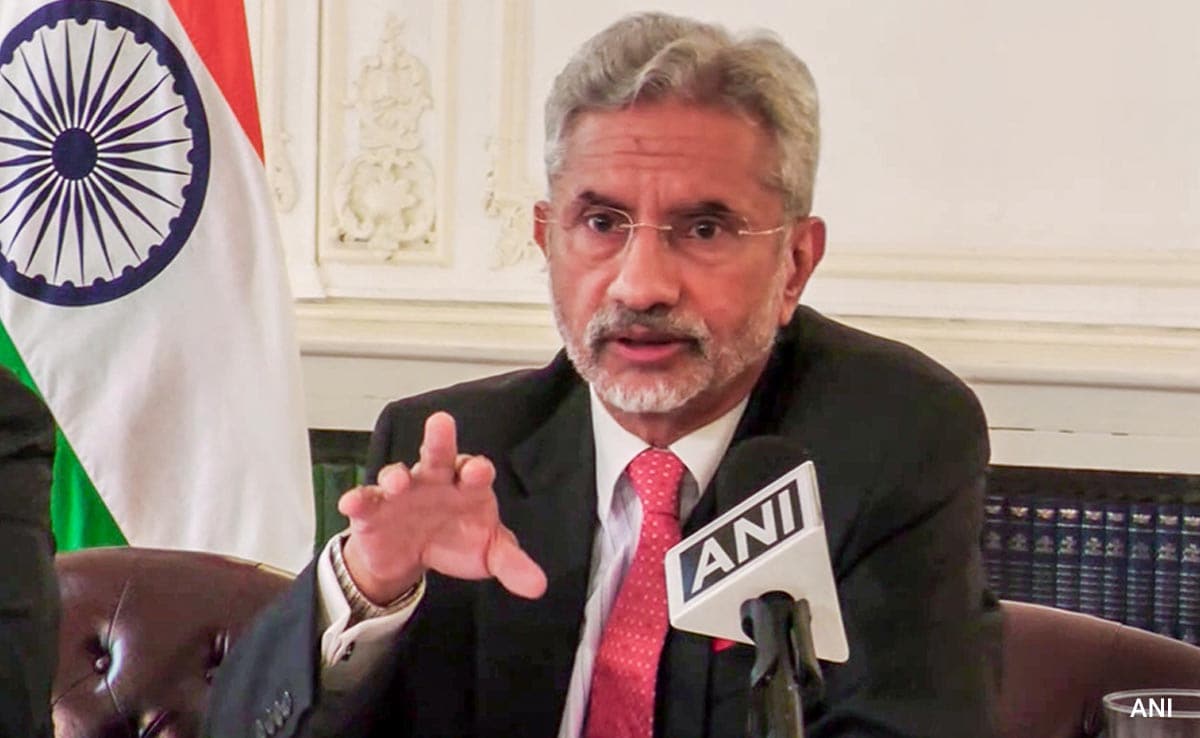U.S. Secretary of State Antony Blinken and Defence Secretary Lloyd Austin will join their Japanese counterparts Yoko Kamikawa and Minoru Kihara, at the Japan-U.S. Security Consultative Committee, known as “2+2” security talks. File
| Photo Credit: AP
Japanese and U.S. defence chiefs and top diplomats will meet in Tokyo on July 28 for talks aimed at further bolstering their military cooperation, including by upgrading the command and control of U.S. forces and strengthening American-licensed missile production in Japan, amid a rising threat from China.
Secretary of State Antony Blinken and Defence Secretary Lloyd Austin will join their Japanese counterparts, Yoko Kamikawa and Minoru Kihara, at the Japan-U.S. Security Consultative Committee, known as “2+2” security talks, to reaffirm their alliance following President Joe Biden ‘s withdrawal from the November Presidential race.

For the first time, the Ministers will hold separate talks to reaffirm the U.S. commitment to “extended deterrence,” which includes atomic weapons — a shift from Japan’s earlier reluctance to openly discuss the sensitive issue in the world’s only country to have suffered nuclear attacks — amid growing nuclear threats from Russia and China.
The Ministers are expected to discuss plans to upgrade command and control structures for U.S. forces in Japan by bringing in higher-ranked officers with commanding authority to create a U.S. counterpart for Japan’s unified command currently set for inauguration in March.
Japan is home to more than 50,000 U.S. troops, but a commander for the U.S. Forces Japan headquartered in Yokota in the western suburbs of Tokyo, tasked with managing their bases, has no commanding authority. Instead that comes from the Indo-Pacific Command in Hawaii. “The plan to upgrade USFJ’s command and control capability is designed to help smooth joint exercises and operations,” officials say.
Ahead of the 2+2 talks, Mr. Kihara met with Austin and South Korean Defence Minister Shin Won-sik for their first trilateral defence talks hosted by Tokyo and signed a memorandum based on their June agreement in Singapore that institutionalises their regular high-level talks, joint exercises and other exchanges.

Defence officials said the memorandum serves as the basis for future defence cooperation among the three countries despite possible changes of leadership, while showcasing their unity.
“The signing of this memorandum makes our trilateral cooperation unwavering even under changing global environments,” Mr. Kihara told reporters.
Mr Kihara also met Shin, who is the first South Korean defence chief to visit Japan in 15 years, and they agreed to take concrete steps to deepen their bilateral defence ties.
Japan has been accelerating its military buildup and has increased joint operations with the U.S., as well as with South Korea, while trying to strengthen its largely domestic defence industry.
Japan has significantly eased its arms export restrictions and in December accommodated a U.S. request for shipment of surface-to-air PAC-3 missile interceptors produced in Japan under an American license to replenish U.S. inventories, which have decreased due to its support for Ukraine.
The Ministers are also expected to discuss increased Japanese production of PAC-3 interceptors for export to the United States.
Japan and the U.S. have been accelerating arms industry cooperation following an April agreement between Japanese Prime Minister Fumio Kishida and Joe Biden. The two sides have set up working groups for missile co-production and for the maintenance and repair of U.S. Navy ships and Air Force aircraft in the region.
While Japan’s role is largely designed to help U.S. weapons supply and keep its deterrence credible in the Indo-Pacific amid continuing conflicts in the Middle East and Ukraine, Japanese officials say it will help strengthen the Japanese defence industry.












